Today, SEGA is a third-party game developer and publisher, primarily famed for the Sonic the Hedgehog game series. However, there was once a time when SEGA was also a major player in the video game console industry. SEGA released numerous game consoles from the 1980s up to 2001, when it withdrew from the gaming console industry. Thus, SEGA made numerous mistakes in the hardware business from 1994 to 2001. These are some of the biggest mistakes SEGA made in its fight against Nintendo and Sony for console dominance.
Rejecting a Partnership With Sony
It was in 1992 that Sony approached SEGA for a potential console partnership (collaboration). The SEGA of America president, Kalinske, was enthusiastic about the proposed SEGA and Sony video game console collaboration. Then, he discussed the proposal with SEGA of Japan, which rejected the partnership because Sony was not renowned for making gaming products in the early 1990s.
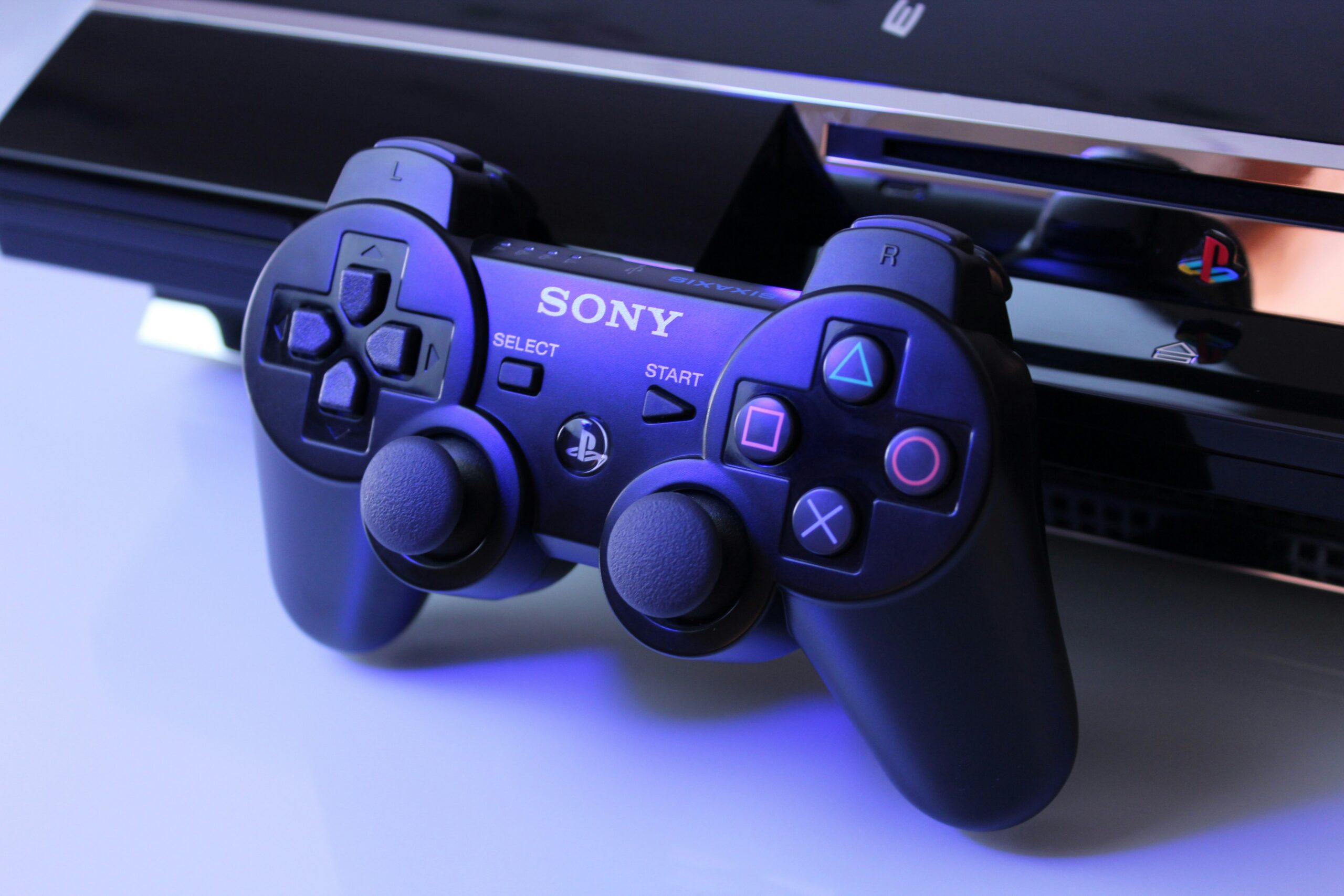
That moment convinced Kalinske that SEGA of Japan could not make the right business decisions. He described the rejection of a Sony partnership to be “the stupidest decision in the history of business.” Sony proved him right by releasing the PlayStation console in the mid-1990s, which killed the SEGA Saturn and shook up the gaming industry. Had SEGA accepted the partnership, then its history in the console industry from the mid-1990s onward could have been very different.
Not Including a DVD Drive for the Dreamcast
The Dreamcast video game console, which was SEGA’s last, released from 1998 to 1999, made an encouraging start in North America. Yet, sadly for SEGA, the Dreamcast faded rather quickly after Sony launched its PlayStation 2. One of the most appealing features of the PlayStation 2 over the Dreamcast was its DVD multimedia playback for games and movies. A DVD drive was something SEGA did not add to the Dreamcast, which evidently undermined that console once the PlayStation 2 hit the shelves.
Releasing the 32X
The 32X was an accessory for the SEGA Genesis, released in 1994, that enhanced the 3D capabilities and processing power of SEGA’s 16-bit console. It was an accessory that enabled SEGA to port some of its popular 3D arcade titles to the Genesis, most notably Virtua Racing and Virtua Fighter. Virtua Fighter was one of the best games for the 32X, even though some graphical sacrifices were made for it.
Yet, the 32X turned out to be a big flop for SEGA as developers released few game titles for it, with third-party publishers more focused on the base 16-bit Genesis console. The 1994 launch of the 32X was also rather confusing, with SEGA pushing out the Saturn shortly after in the same year. Although the 32X might have been a cheaper alternative, players could play better ports of the same popular SEGA arcade games on the Saturn. Consequently, the 32X was a big commercial flop that SEGA discontinued in 1996 to focus on the Saturn.
Rushing the Saturn’s Launch in America
With the Saturn competently battling against the PlayStation in Japan, SEGA decided to launch its new 32-bit video game console ahead of its planned schedule in North America. That decision was based on SEGA of Japan’s conviction that it had to establish the Saturn in the USA somewhat before the PlayStation’s launch there. That forced Kalinske to announce an earlier-than-scheduled launch of the Saturn with a $399 price in the USA at E3 1995.
The repercussions of that rushed launch mistake were immediate and quite disastrous for the Saturn in North America. Firstly, Sony confirmed its PlayStation console would be $100 cheaper than the Saturn at the same E3 show. The surprise announcement caught many big retailers off guard, who weren’t prepared to stock the Saturn. Furthermore, the Saturn had a very small launch game lineup as a consequence of the rushed release in America. Consequently, the PlayStation clearly outstripped the Saturn for unit sales in North America during 1995, but SEGA’s 32-bit console did at least compete better in Japan.
The Night Trap PR Disaster
When compared to the 32X debacle, the SEGA CD accessory for the Genesis video game console could almost be considered a hit. However, that CD add-on also generated one of the biggest PR disasters in SEGA’s history with its Night Trap game, which became known as the SEGA sickener. Night Trap was among the first games to feature realistic full-motion graphics.
The realistic violence of the Night Trap game sparked some outrage, prompting a US Senate hearing on video game content. Consequently, some big retailers pulled it from the shelves, which certainly hurt its sales. In response, SEGA temporarily withdrew Night Trap from retail in 1994 before the establishment of an age rating system for games.
Losing EA’s Support
EA (Electronics Arts) was perhaps the most significant third-party developer for the SEGA Genesis. It was a developer that released many of the most popular sports games for that console. EA games like Madden NFL, FIFA Soccer, and NHL Hockey were a big selling point for the Genesis.
Losing EA’s support for its Dreamcast console was certainly another notable SEGA mistake. There are various reasons why SEGA lost EA’s support, among the most important was licensing demands. SEGA rejected EA’s proposal to be an exclusive developer of sports titles for the Dreamcast. Consequently, the Dreamcast didn’t have any Electronic Arts games, and its lack of notable sports titles contributed to its demise.
Canceling Sonic X-Treme for the Saturn
Sonic games were what propelled the Genesis to become the biggest 16-bit console in North America. SEGA needed a 3D Sonic game that would have a similar impact on the Saturn and duly started developing one in the form of Sonic X-Treme. A playable demo of that game even appeared at the 1996 E3 show.
Yet, Sonic X-Treme never saw the light of day on the Saturn. Internal disputes surrounding Sonic X-Treme undermined the development of the game. Technical hurdles and engine conflicts made production of that game chaotic. Consequently, SEGA eventually pulled the plug on Sonic X-Treme by cancelling its production in 1997. Instead, SEGA released an isometric and somewhat mediocre Sonic 3D Blast port on the Saturn. The lack of a big 3D Sonic game comparable to Mario 64 hurt the Saturn.
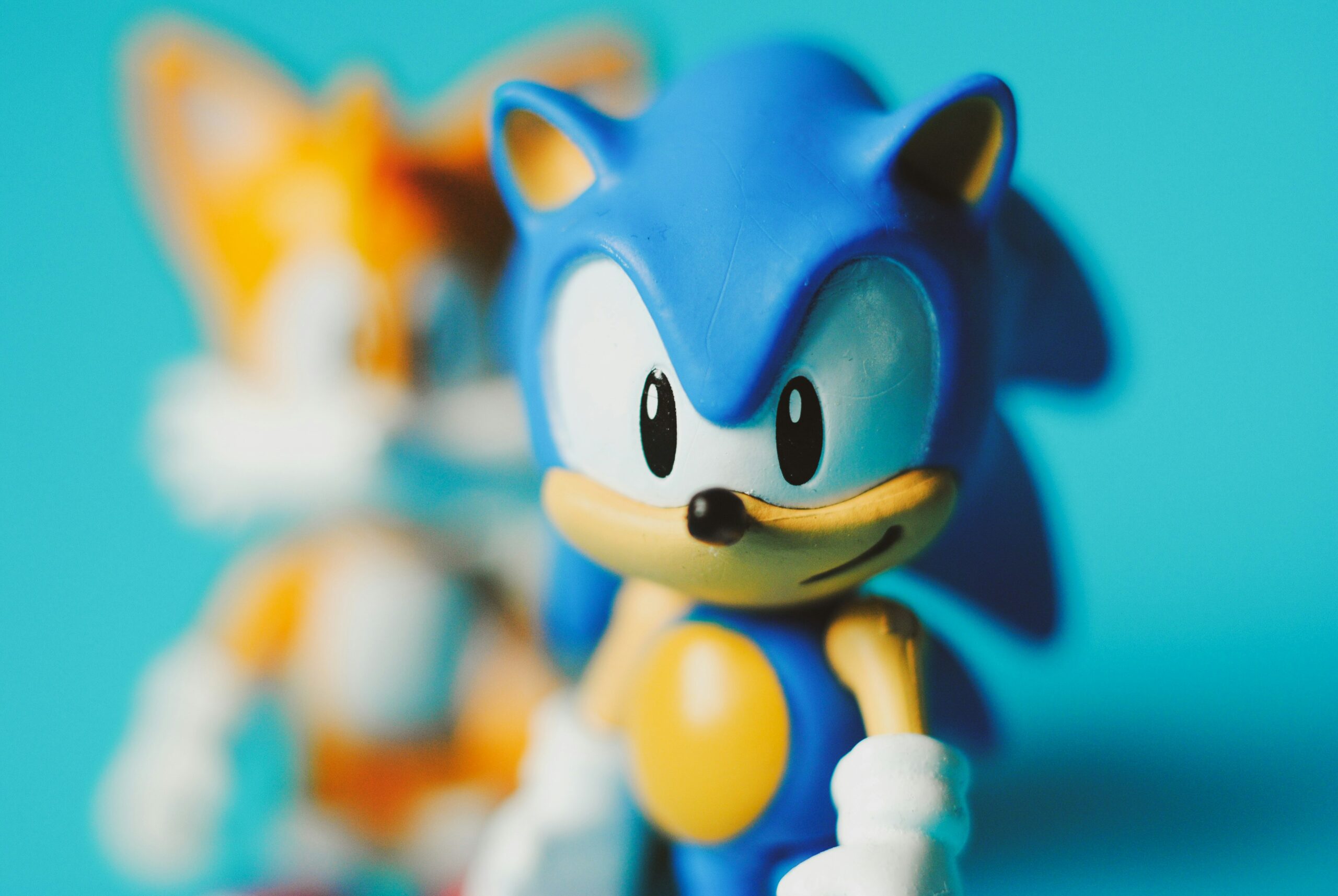
After making all the mistakes above, SEGA eventually withdrew from the video game console industry in 2001. It was then that it became increasingly clear the Dreamcast had little chance against the PlayStation 2 and Microsoft Xbox consoles, let alone the Nintendo GameCube. Had SEGA avoided some of its biggest mistakes, then the company might have remained competitive in the hardware business somewhat longer. SEGA did at least avert bankruptcy after withdrawal from the console industry and, unlike Atari, remains a prominent third-party gaming developer today.

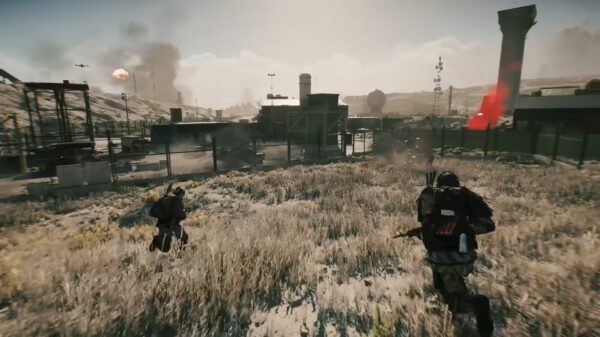
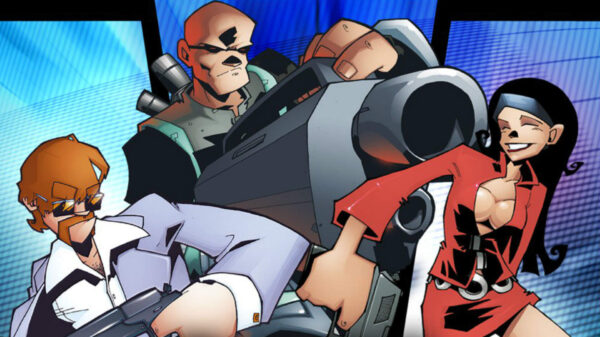
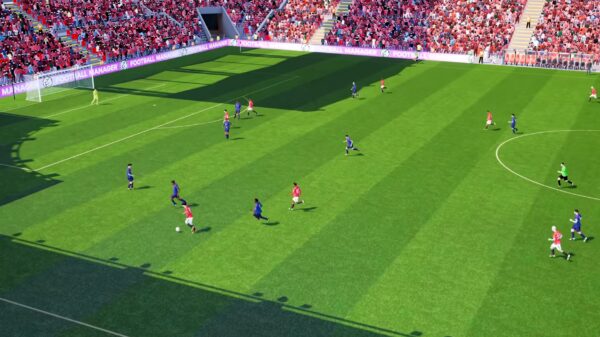

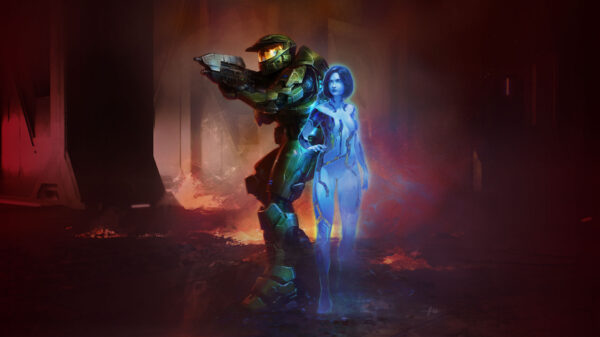
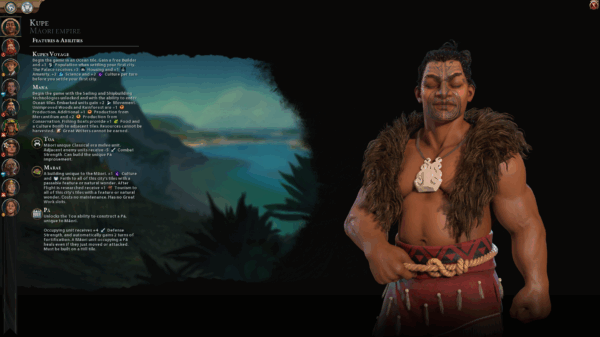
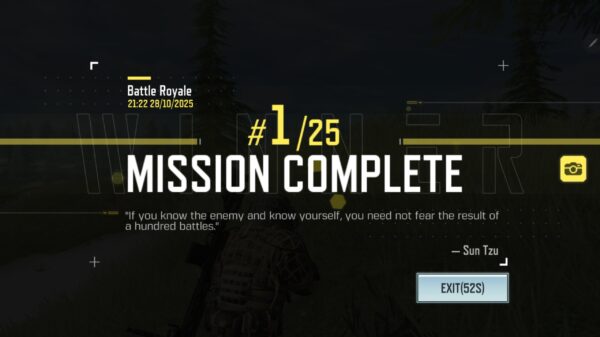

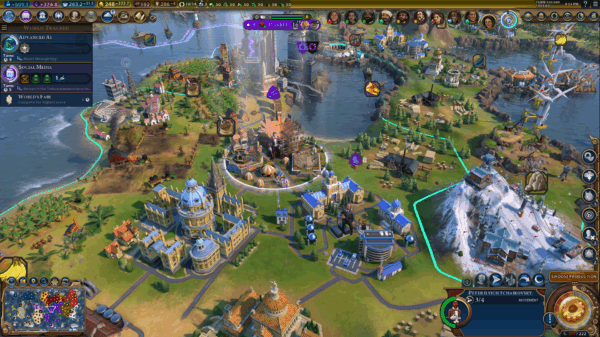
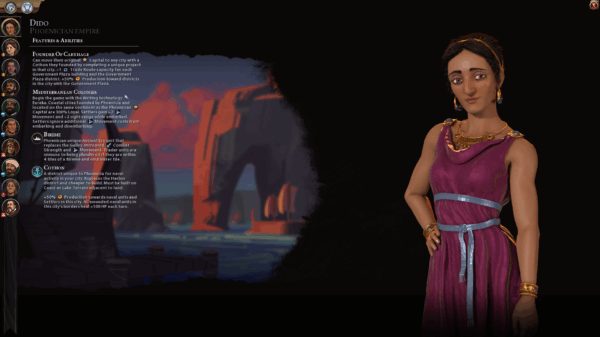
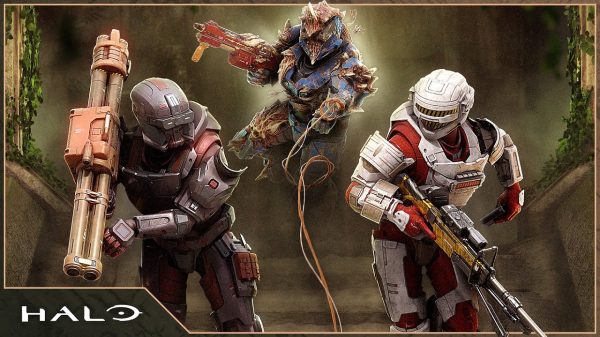
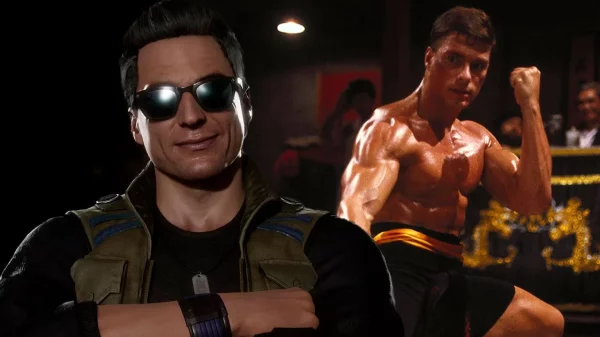
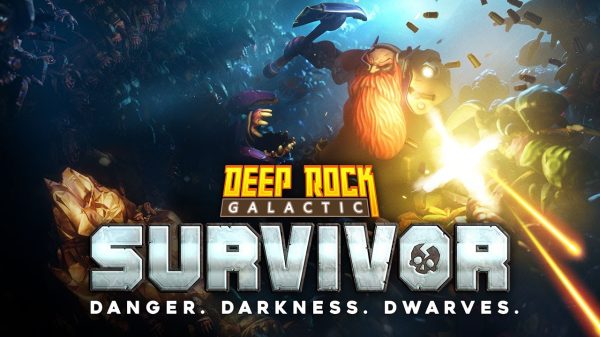
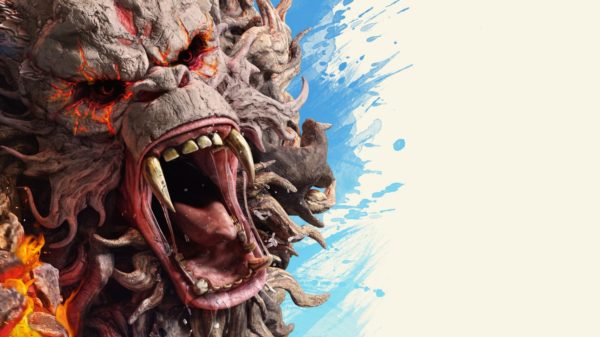
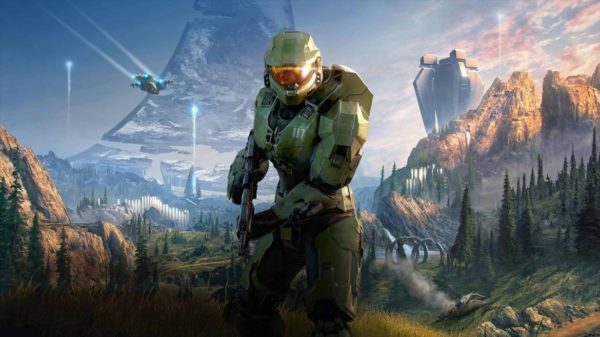
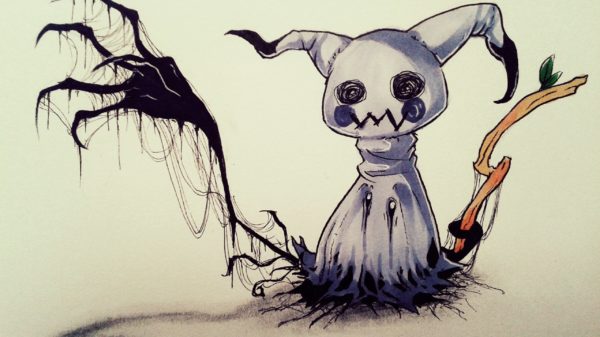
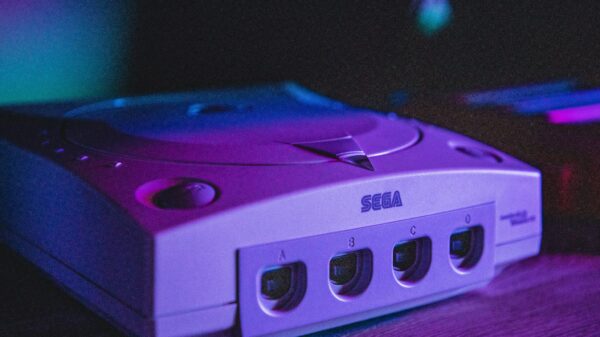
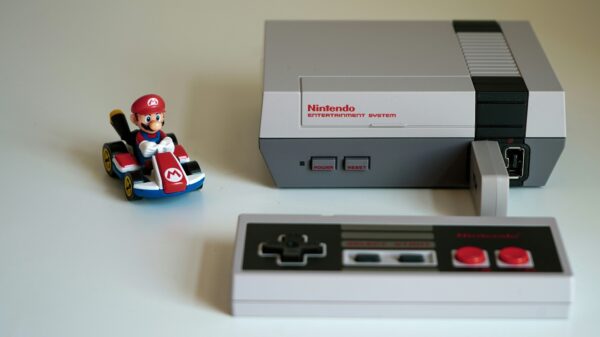


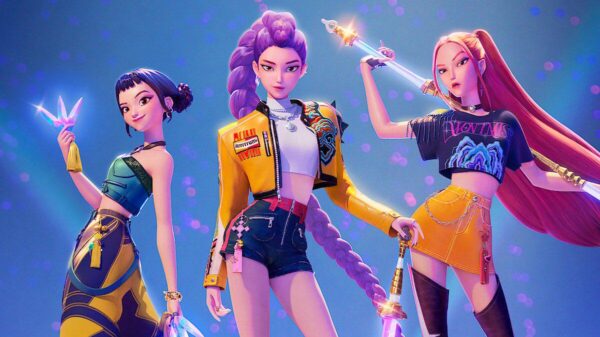

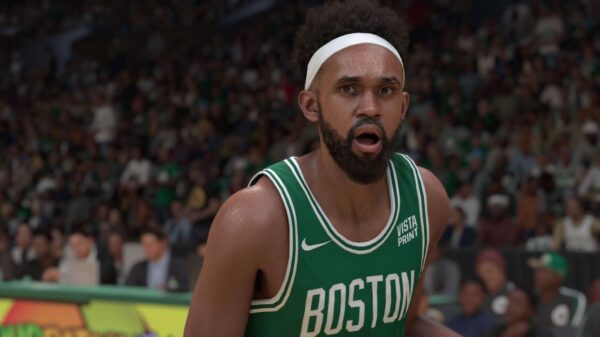
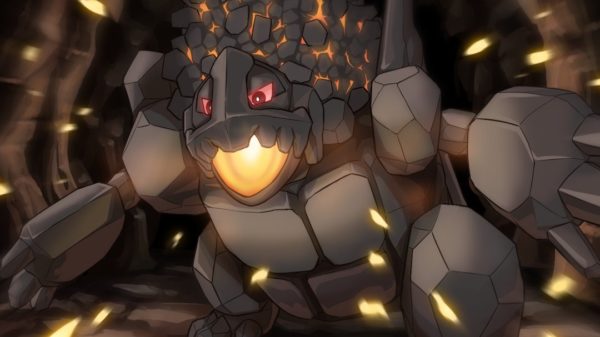
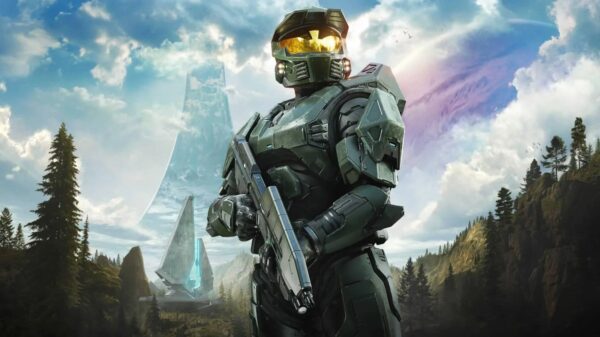
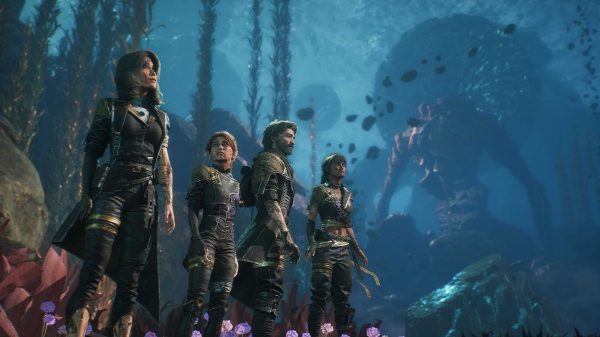
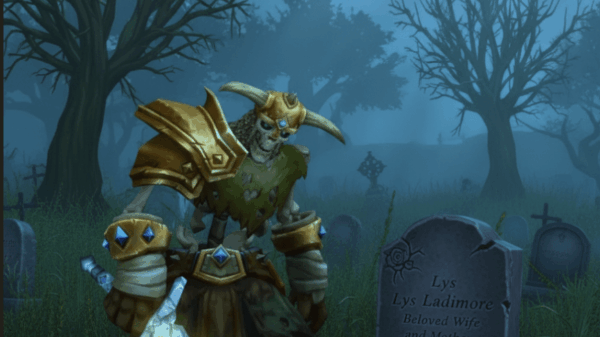
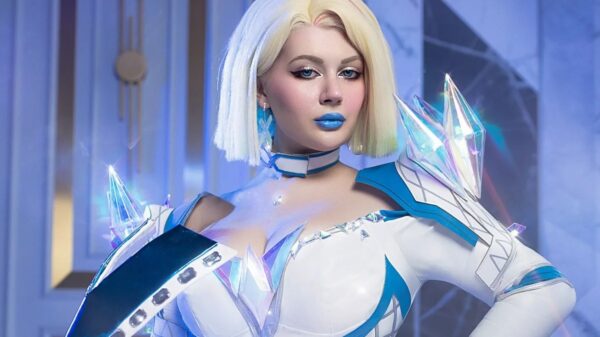


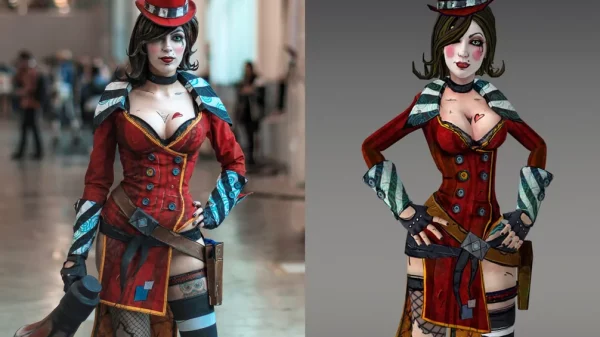

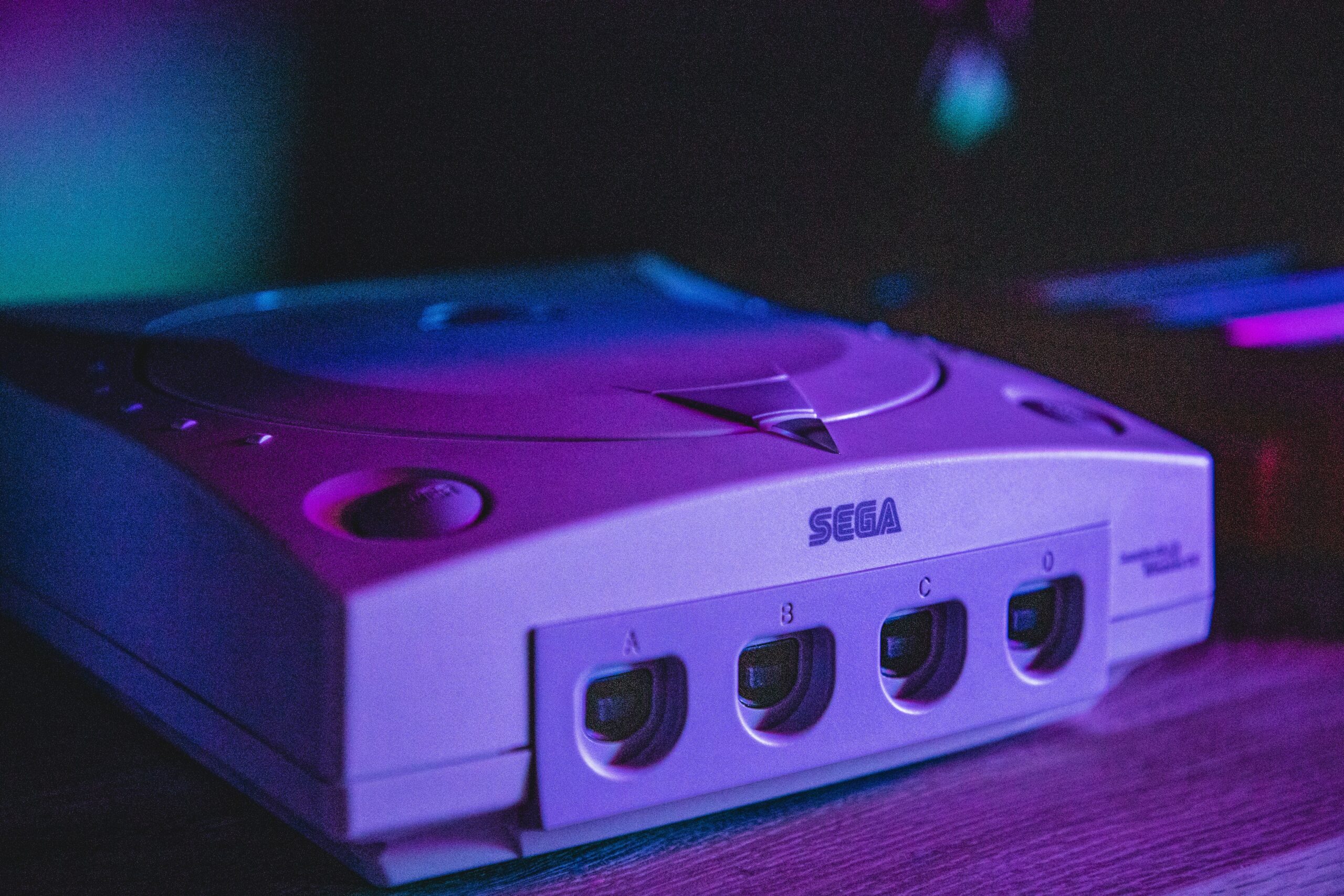







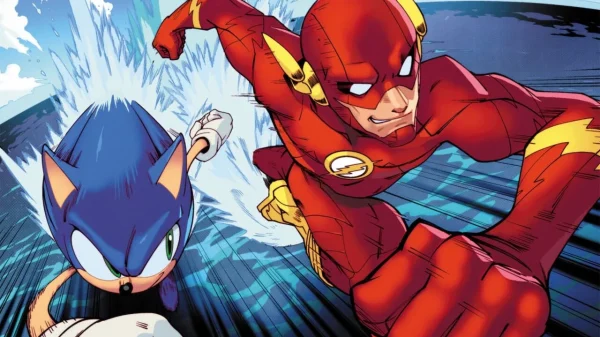

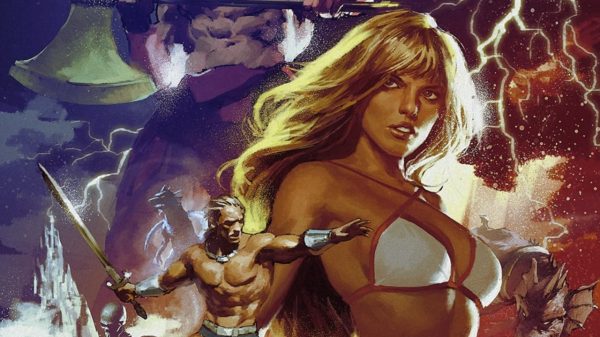

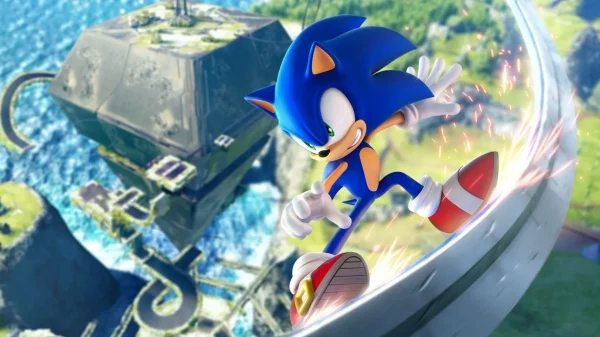

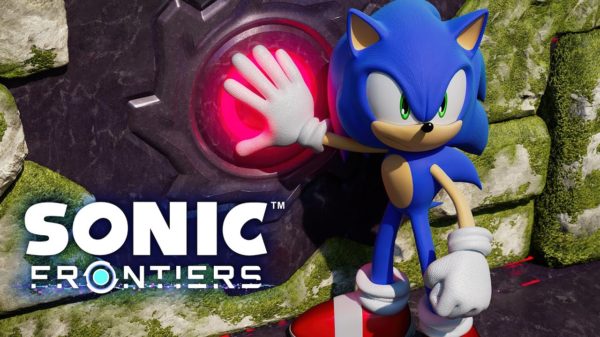

You must be logged in to post a comment Login